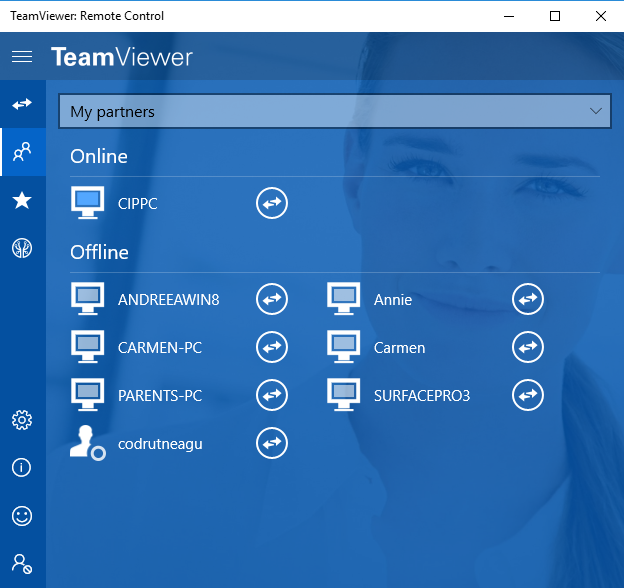
TeamViewer allows you to support customers, work with colleagues remotely, connect to your own device or support friends and family members when needed. TeamViewer features include remote computer access and online meetings.

Even in English, the word “TeamViewer” can be used as a verb to act as an intervention to a computer. TeamViewer also is a concept that represents the action of remotely controlling a computer via TeamViewer software. TeamViewer is a software that connects between 2 or more computers to help you control other computers, send files, videos, chat. However, there are a lot of people who have not used this software and wonder what is Teamviewer? Does is it function? Is it dangerous for the computer? Today, will share with you an overview of Teamviewer software. I still think it's a useful tool and when used with caution is quick and simple for the end user.TeamViewer is one of the most popular software in the world today and is widely used in Vietnam. TeamViewer by default shows the UAC credential dialog and allows logout and log in to different users so in my opinion is less secure. The person giving assistance also can't change user so in our situation I can't log out the current user and log in as an Admin - the screen goes black so I can't see the dialog. If you try to perform an action that needs Admin access the screen goes black and the user is asked to enter the Admin credentials which (in our organisation) they don't have so can't provide. If you take control of a computer that's logged in with a Standard user account (No admin privileges) then the session only provides that level of access. to show someone how to use an application or to check if they are using an app in the correct way. Our main tool is TeamViewer but sometimes Quick Assist provides a quick no fuss way to get access when no Admin level access is required e.g.

All the computers in our organisation have only one Admin level account on them. Where I work we use it to provide support.

The articles I've read all relate to the fact that it's builtin to Windows 10 and requires no additional software so users in an enterprise environment could potentially give access to someone they shouldn't. This is the same risk found with TeamViewer or AnyDesk. The risk is that anyone could call an enduser and - in the all too familiar Microsoft support scam style - convince the user to provide access to their computer.


 0 kommentar(er)
0 kommentar(er)
